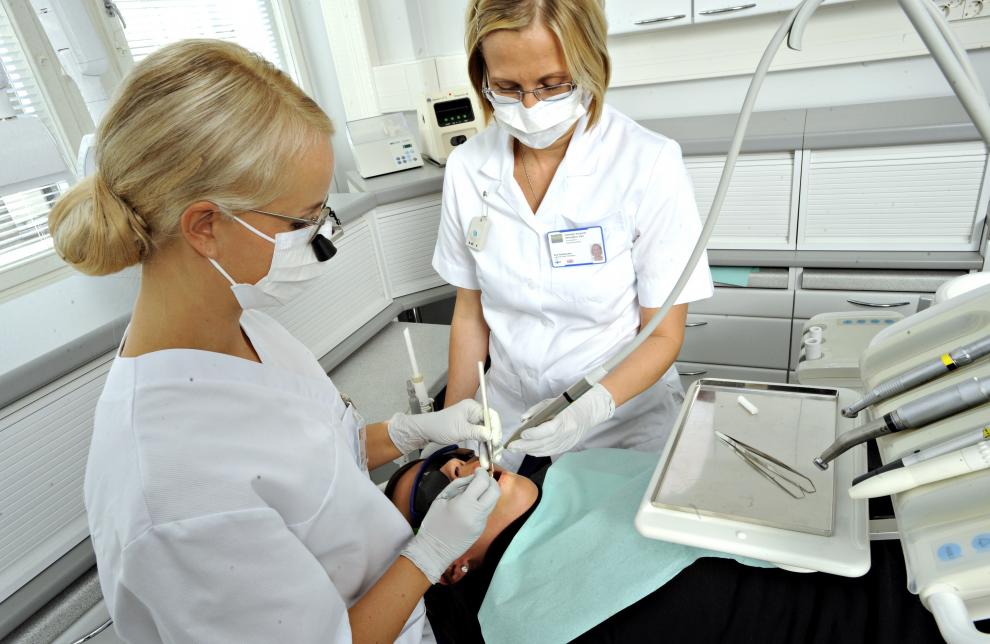Availability and productivity of oral health care services

Estimated reading time 2 minutes
Objective of the assessment
The main question in the assessment was whether the availability of oral health care services is at the level provided for by law and the City’s own policies. The assessment examined whether the provision of non-urgent care has started within the time period provided by law; whether access to care is equal regardless of the customer’s residential area, first language or age; and whether the performance of the oral health care services has improved.
Conclusions
The availability of oral health care services is not at the level provided for by law and the City’s own policies. The ability to contact appointment booking and assessment of the need for care services does not comply with the law, as it has not always been possible to contact the appointment booking service for non-urgent care without delay during office hours on weekdays due to the closure of the call-back phone line, and the staff have at times even been unable to respond to all the recorded call-back requests on the same day. Statutory access to care within six months at the latest was achieved when measured with the T3 indicator. It measures the means of the third available time slot for non-urgent care at a dental clinic in calendar days. The City’s budget for 2019 set a stricter target than this: the non-urgent care of all customers of the oral health care services had to start within 90 days of the assessment of the need for care. Due to problems in the patient data system, the data on access to care is insufficient. Because of this, it was not possible to assess all customers’ access to care within this time. Based on customer satisfaction surveys and quality indicators, customers are satisfied with the quality of the oral health care services. However, quality differs between dental clinics.
the oral health care services of the Social Services and Health Care Division must
- continue looking into the problems in contacting non-urgent appointment booking services and the availability of appointments and, based on this investigation, take the necessary measures to resolve the problems;
- ensure that reliable and appropriate data is obtained on patients’ access to care;
- continue looking into the reasons for the differences in quality between dental clinics and, based on this investigation, carry out measures to reduce the differences.

Add new comment